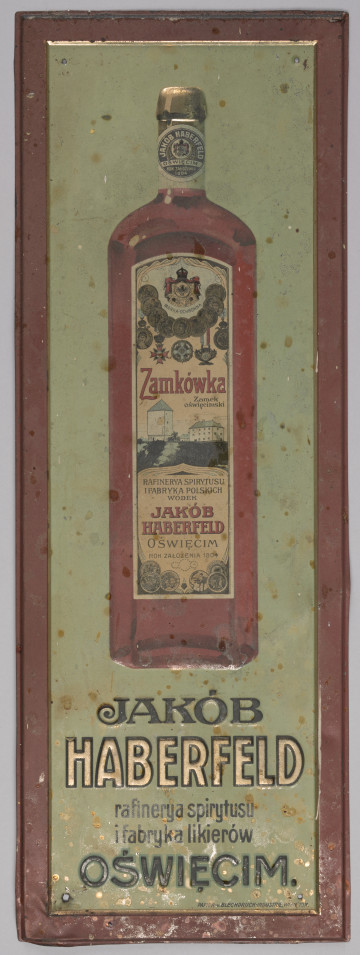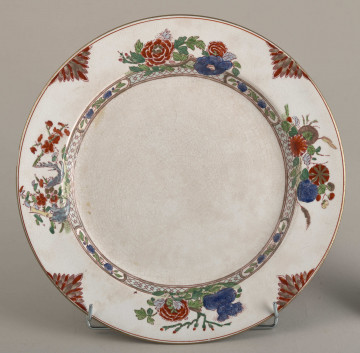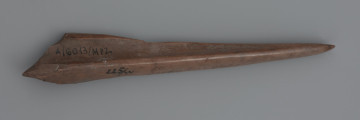
Signboard
XX wiek
Museum of the history of Polish Jews
According to the data obtained during the first census in the Second Republic of Poland of 30 September 1921, Jews then constituted about 10% of Polish society. However, the percentage of the Jewish population in the total number of inhabitants was geographically diversified. The most homogeneous concentrations of Jews existed mainly in today's Eastern Borderlands. In some villages in Polesie and Volhynia, Jews constituted 100% of the total population. These were usually villages and small towns, called shtetls (https://sztetl.org.pl/pl/tradycja-i-kultura-zydowska/zwyczaje/sztetl).The Jewish population also constituted a significant part of the population of large cities. Before the Second World War, Jews living in Warsaw, Łódź or Lwów constituted more than 30% of the total population. In Białystok, this number was over 50%, Lublin and Przemyśl almost 40%, and in Kraków, about 25%.
Due to their significant share in the total population, Polish Jews were present in almost all spheres of economic life. The most common occupation among the Jewish population (both living in shtetls and large urban centres) was commerce. In Kraków in the interwar period, the Jewish share in trade amounted to 63% of all traders. Within this group, one can distinguish wealthy big-city merchants (importing fabrics from abroad), shop and stall owners, as well as itinerant and itinerant traders. Many Polish Jews also ran small craft businesses. With time, the Jewish tailor or shopkeeper grew in the public imagination to an almost archetypal figure.
With the development of industry, Polish Jews began to invest the capital they had earned from trade to establish manufactories and modern factories with time. Among the most famous Jewish industrialists, Israel Poznanski (1833-1900) should be made mentioned. It is on the site of Poznański's former factory that the famous Łódź Manufaktura is located today. Among the largest factories in Łódź, one should also mention those owned by Markus Silberstein, Szaja Rosenblatt, Salo Budzyner, Oskar Kon and Borys and Naum Eitingon. Many of these post-factory buildings still exist on the city map today.
Also worth mentioning is the modern tobacco factory founded by Leopold Kronenberg (1812-1878), located at Marszałkowska Street in Warsaw, and the Hartwig Kantorowicz Vodka and Liquor Factory, founded in 1823 in Poznań. Both were among the most modern in their industries, which distinguished them on the international market.
POLIN's collections contain many memorabilia from large factories and family craft workshops run by Polish Jews before the war. The artefacts on display are the memories of people and places that used to be an essential part of the Polish cultural landscape and national economy. The landscape that was irretrievably lost with the events of World War II and the Holocaust, which is inextricably linked with that war.
Marta Frączkiewicz
Znaleziono 6 obiektów

20th century
Castle Museum in Łańcut

9600 p.n.e. — 4100 p.n.e.
National Museum in Szczecin

1764
National Museum in Lublin
DISCOVER this TOPIC
Museum of King Jan III's Palace at Wilanów
DISCOVER this PATH
Educational path